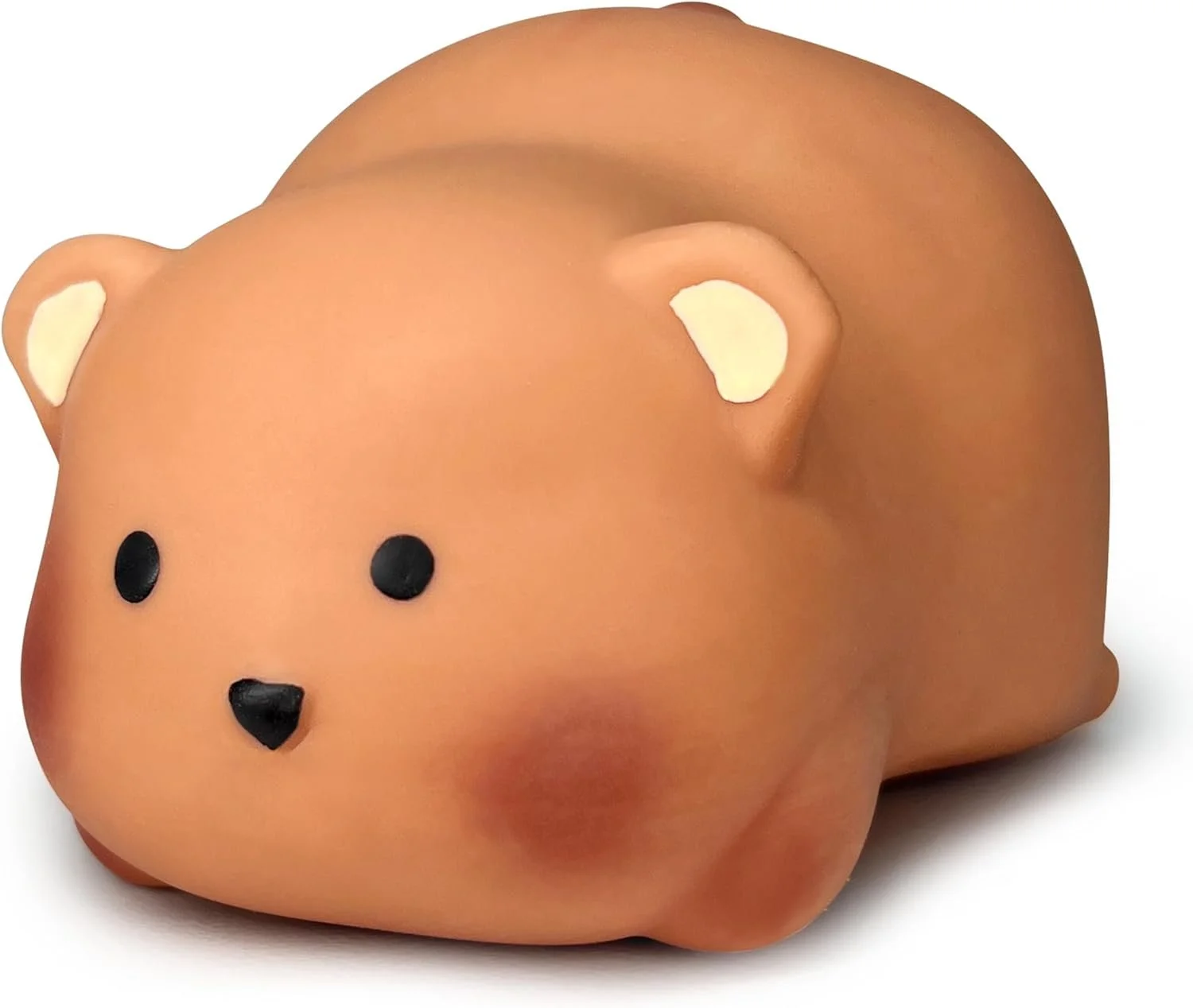A NEURODIVERGENT THERAPIST’S FAVORITE FIDGETS
You have surely heard of fidget toys, fidget spinners, fidget cubes… Maybe you have tried them and don’t get the appeal or maybe you can’t seem to find the right one for your child. Well here is a list of my favorite fidgets based on type of sensory input.
The general purpose of fidgets is to regulate stimulation coming in from the outside world. Sometimes the brain is under-stimulated (bored, low-energy) and needs help to stay more engaged; other times the brain is over-stimulated (stressed, high-energy) and needs help to feel more calm. Depending on the way the brain experiences various senses, certain fidgets will be more helpful than others. Take a peak at our Sensory Processing Checklist for some insight into how your brain might experience sensory input.
TYPES of FIDGETS
Tactile
Acupressure and Deep Pressure
Oral
Visual
Auditory
Olfactory/Gustatory
TACTILE FIDGETS






A tactile fidget focuses on your sense of touch. It is helpful for concentration or relaxation as it assists your brain in narrowing the amount of sensory information being digested.
While I do enjoy fidget spinners and cubes, I much prefer therapeutic putty, flexible fidget sticks, worry stones (the silicone type are cool), baoding balls, and classic squishy stress balls and toys.
ACUPRESSURE AND DEEP PRESSURE
Similar to tactile fidgets, acupressure fidgets engage your sense of touch. However, acupressure works by targeting areas of the body referred to as acupoints which impact the autonomic nervous and vestibular systems.
In particular, I have really enjoyed the metal acupressure rings which come in different thicknesses and sizes and the silicone acupressure bracelets which come in different types of toughness.






